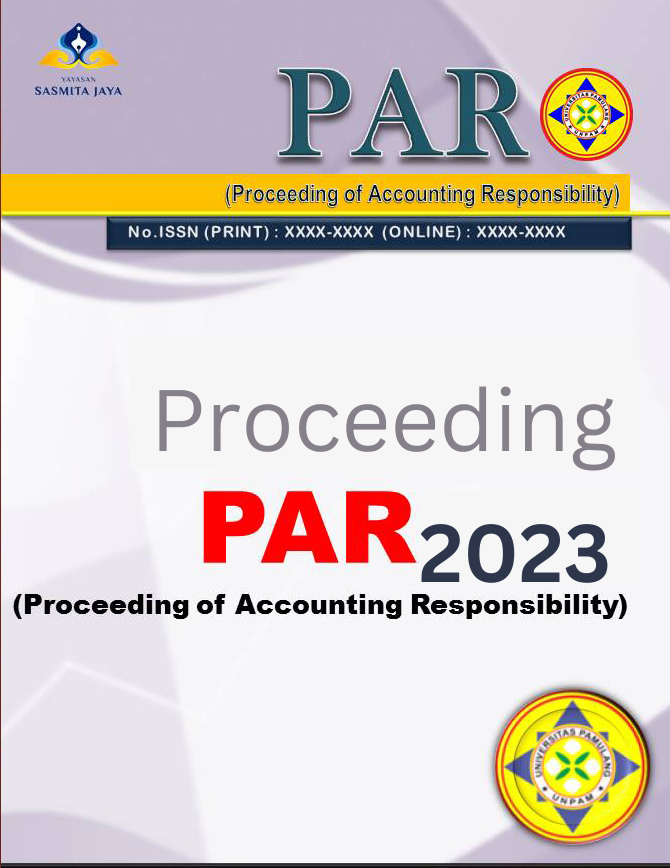Aplikasi Pemberian Keputusan Metode Topsis Dengan Tahap Penyelesaian Berbasis WEB
Abstract
Sistem Pendukung Keputusan adalah sistem informasi interaktif yang menyediakan informasi, pemodelan dan manipulasi data yang digunakan untuk membantu pengambil keputusan pada situasi semi terstruktur dan tak seorangpun tahu secara pasti bagaimana keputusan seharusnya dibuat Metode TOPSIS (Technique for Order Preference by Similarity to Ideal Solution) sering dipakai dalam pembuatan sistem pendukung keputusan. Metode Technique for Order Preference by Similarity to Ideal Solution (TOPSIS) merupakan suatu bentuk metode pendukung keputusan yang di dasarkan pada konsep bahwa alternatif yang terbaik tidak hanya memiliki jarak terpendek dari solusi ideal positif, Pada penelitian ini mengambil metode topsis untuk dijadikan pemberi keputusan. Aplikasi yang dibuat memiliki proses cara pengerjaannya dan tahapan perhitungan tiap stepnya hingga menghasilkan data tertinggi dan terendah. Diharapkan dengan adanya aplikasi ini dapat membantu dalam pemberian keputusan dan penelitian lebih lanjut kedepannya.
Kata kunci: SAW, Sistem Pendukung Keputusan, Sistem Informasi
References
Ding T., Liang L., Yang M., & Wu H., 2016. Multiple Attribute Decision Making Based on Cross Evaluation with Uncertain Decision Parameters Mathematical Problems in Engineering, 110.
Duftschmid G., & Miksch S., 2001 Knowledge-Based Verification of Clinical Guidelines by Detection of Anomalies, Artif Intell Med.
Efraim Turban, et al. (2005). Decision Support System and Intelegence System Ed. 7, Prentice-Hall.
F. Riandari, P. M. Hasugian, dan I. Taufik, “Sistem Pendukung Keputusan Menggunakan Metode TOPSIS Dalam Memilih Kepala Departemen Pada Kantor Balai Wilayah Sungai Sumatera II Medan,†Journal Of Informatic Pelita Nusantara, vol. Vol. 2, no. 1, hal. 6–13, 2017.
Fithri, D. L., & Latifah, N. (2010). Sistem Pendukung Keputusan Untuk Pemberian Bantuan Usaha Mikro Dengan Metode Simple Additive Weighting. Majalah Ilmiah Informatika, 3(2), 117-129.
Holsapple C. W. and A. B Whinston, 1996. Decision Support System: A Knowledge-Based Approach. St. Paul, West Publishing. ISBN 0-324-03578-0.
Meyer B., 2008, Seven principles of software testing, IEEE Computer 41 10 99 101.
Musrini M., 1, Umaroh S., Arifin A.A., Desicion Support System Usingtopsis Method For Smartphone Selection, Proceedings of the 2nd Faculty of Industrial Technology International Congress
Preece A., 1994 Validation of knowledge-based systems: The state-of-the-art in north america, Journal of communication and cognition: Artificial intelligence.
Preece A., 1998, Building the Right System Right: Evaluating V&V methods in knowledge engineering, Proceedings of the eleventh workshop on Knowledge Acquisition, Modeling and Management (KAW’98), Voyager Inn, Banff, Alberta, Canada.
Turban, E., Aronson, J.E. & Liang, T.P., 2005. Decision Support System and Intelegence System Ed. 7, Prentice Hall International.
Downloads
Issue
Section
License
Open Access
PAR (Proceeding of Accounting Responsibility) is a national peer reviewed and open access journal that publishes significant and important research from all area of agroindustry.
This journal provides immediate open access to its content that making research publish in this journal freely available to the public that supports a greater exchange of knowledge.
Copyright
Submission of a manuscript implies that the submitted work has not been published before (except as part of a thesis or report, or abstract); that it is not under consideration for publication elsewhere; that its publication has been approved by all co-authors. If and when the manuscript is accepted for publication, the author(s) still hold the copyright and retain publishing rights without restrictions. Authors or others are allowed to multiply article as long as not for commercial purposes. For the new invention, authors are suggested to manage its patent before published. The license type is CC-BY-SA 4.0.
Disclaimer
No responsibility is assumed by publisher and co-publishers, nor by the editors for any injury and/or damage to persons or property as a result of any actual or alleged libelous statements, infringement of intellectual property or privacy rights, or products liability, whether resulting from negligence or otherwise, or from any use or operation of any ideas, instructions, procedures, products or methods contained in the material therein.

